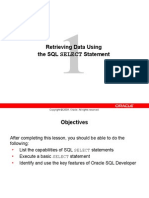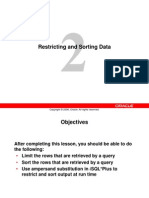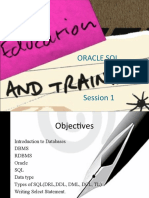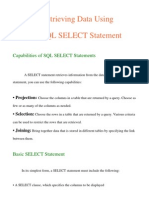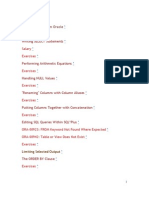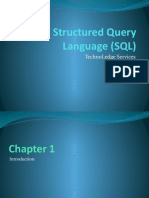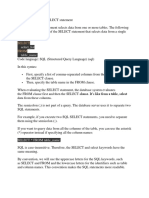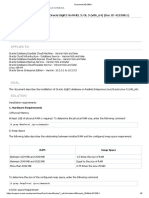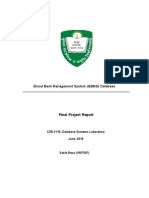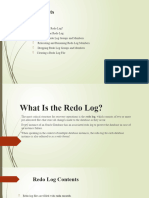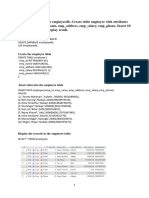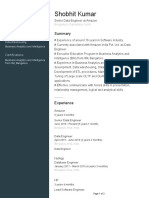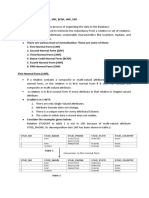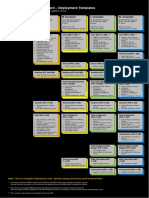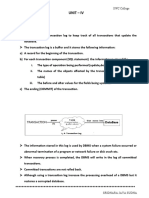0% found this document useful (0 votes)
20 views36 pagesWriting Basic SQL SELECT Statements
This document provides an overview of basic SQL SELECT statements, including their capabilities, syntax, and usage. It covers selecting all or specific columns, using arithmetic expressions, defining null values, and employing column aliases. Additionally, it explains the differences between SQL statements and iSQL*Plus commands, as well as how to interact with the iSQL*Plus environment.
Uploaded by
hahaseeb74Copyright
© © All Rights Reserved
We take content rights seriously. If you suspect this is your content, claim it here.
Available Formats
Download as PPT, PDF, TXT or read online on Scribd
0% found this document useful (0 votes)
20 views36 pagesWriting Basic SQL SELECT Statements
This document provides an overview of basic SQL SELECT statements, including their capabilities, syntax, and usage. It covers selecting all or specific columns, using arithmetic expressions, defining null values, and employing column aliases. Additionally, it explains the differences between SQL statements and iSQL*Plus commands, as well as how to interact with the iSQL*Plus environment.
Uploaded by
hahaseeb74Copyright
© © All Rights Reserved
We take content rights seriously. If you suspect this is your content, claim it here.
Available Formats
Download as PPT, PDF, TXT or read online on Scribd
/ 36




